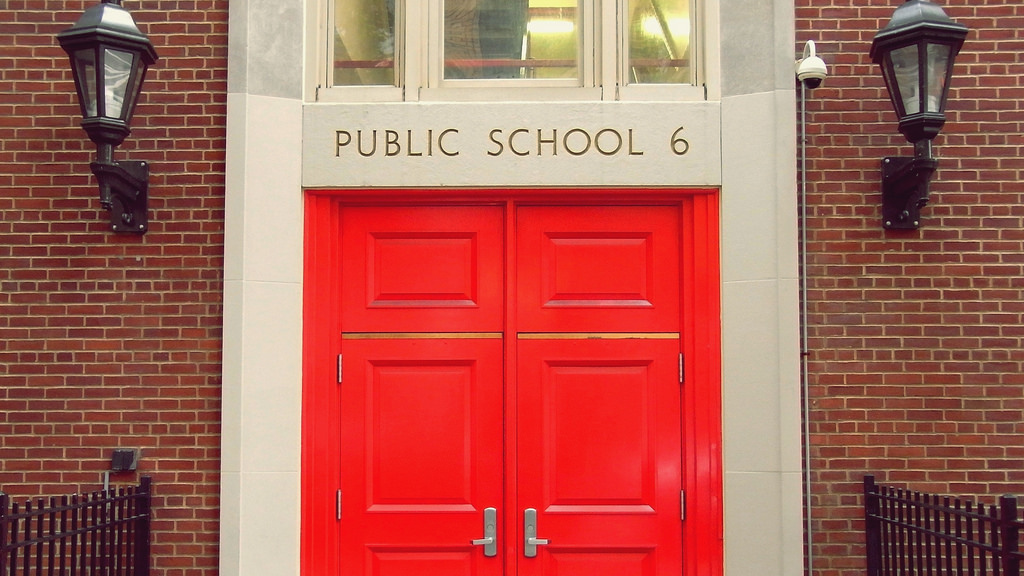Washington — New York state stakeholders and education experts hope a new federal education law will allow states to make assessments of progress at public schools more effective and personal. And they hope it won’t lead to any backsliding in state efforts to improve lower-performing or struggling schools.
The Every Student Succeeds Act is the first education policy in decades to scale back federal regulation of education assessment.
ESSA replaces former President George W. Bush‘s 2002 No Child Left Behind law, which like the new law was approved by Congress with bipartisan support and high hopes. Advocates said it provided for more standardized assessment of school performance, but critics condemned it as unfairly harsh in its penalties for struggling schools.
Under ESSA — which was signed into law by President Barack Obama in December — yearly assessments will continue, but individual states will have the autonomy to design their tests, choose metrics to measure performance, and determine how they will intervene with underperforming schools.
The hope is that the increased flexibility will take the pressure off schools to immediately get in line with certain nationally-mandated standards. The fear is that without consistent federal oversight, certain school districts will no longer keep up with assessing and intervening with schools.
“We need to be sure that we’re not setting up another situation where we come back in five years and say people are chasing a different metric that isn’t helpful, or isn’t the only thing we want kids to focus on,” said Chris Minnich, executive director for the Council of Chief State School Officers, at an event last week at Brookings Institution‘sBrown Center on Education Policy.
New York State has its own system of tests linked to the Common Core standards. On Friday, the state Department of Education released the results of the spring 2016 state assessments in math and English Language Arts (ELA). Overall, only 38 and 39 percent of students in grades 3-8 were deemed proficient in English and math, respectively. Both overall scores improved modestly from 2015, with a 1 percentage point increase in math proficiency and a 6.6 percentage point increase in ELA.
The standardized tests were retooled after a 2015 review by a Common Core Task Force appointed by Gov. Andrew Cuomo. Changes included fewer questions, extended time limits for testing and, according to state Education Commissioner MaryEllen Elia‘s office, releasing “more (questions) than ever before, earlier than ever before.”
In New York and other states, parents can decide to have their children “opt out” of taking a state test. In 2015, around 20 percent of eligible students did just that. This year, the opt-out rate increased slightly to 22 percent.
Under both No Child Left Behind and ESSA, the federal government can impose sanctions if a state falls below 95 percent participation by eligible students. Districts that fall below that threshold would be considered underperforming.
Keeping that rule concerns people like Bob Lowry, deputy director of the New York State Council of Superintendents, a professional and advocacy organization that represents city and district superintendents. He’s also part of the “ESSA Think Tank” commissioned by the State Education Department.
Lowry worries that the continuation of the 95 percent rule will penalize schools that may instead be focusing on identifying more effective means of assessing student performance. He said New York State schools especially are a “hotbed for opt outs” because parents are concerned about the effectiveness of the annual tests.
The Council of Superintendents recently wrote a letter to U.S. Education Secretary John B. King calling for the elimination of the 95 percent rule. (King served as New York’s education commissioner from 2011 through 2014, a period of intense controversy over the state’s implementation of curriculum tied to the Common Core standards.)
“In New York, what must instead happen is to rebuild a system of assessments that educators and families recognize as having value toward improving learning and achievement by their students,” said the council’s Executive Director Charles S. Dedrick in the letter. “Efforts to rebuild trust in our assessment system are under way and could be aided by flexibility afforded through ESSA.”
Policy experts see ESSA as an opportunity for states to revamp the way they measure success to fit their own priorities. Minnich said states like New York are doing a good job of having “in-state conversations about their values right now and what do they think is the most important thing to put in these accountability systems.”
New York hasn’t officially laid out how it will measure success in its public schools. But in July, the New York State Education Department presented a list of what it believes to be the eight “characteristics of highly effective schools,” including priorities such as visionary leadership, social and emotional development “challenging, engaging” curricula and “culturally and linguistically inclusive” schools.
Lowry said the new state rules created under ESSA will begin implementation during the 2017-18 school year. He said New York is set to send its accountability plans to the federal government for approval by March 6, 2017.


